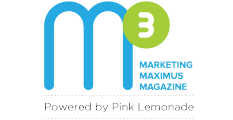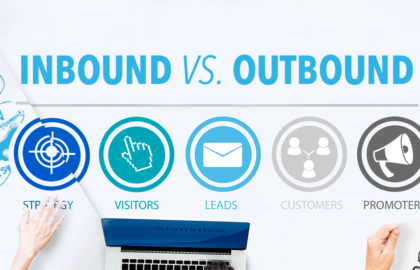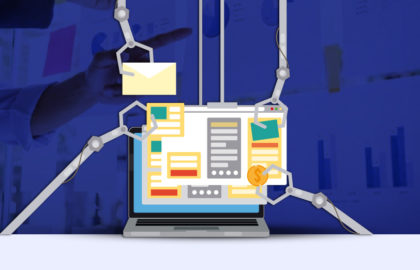“We lived on farms, then we lived in cities, and now we’re going to live on the Internet”﹘The Social Network
Two things happened in October 2016. TeamLease World of Work Report revealed that Facebook is a major contributor to loss of productivity at workplaces. At the same time, the social media giant forayed into offices worldwide with its collaborative platform – Facebook Workplace.
Workplace has been around for a long time in private beta tests and at Facebook. Since its launch, the platform has made its way into over 30,000 workspaces in less than a year – a feat that took Slack, a similar platform, over three years to accomplish.
While Facebook Workplace is certainly making waves, is it truly the future of internal communication?
A super-charged Intranet for your Office
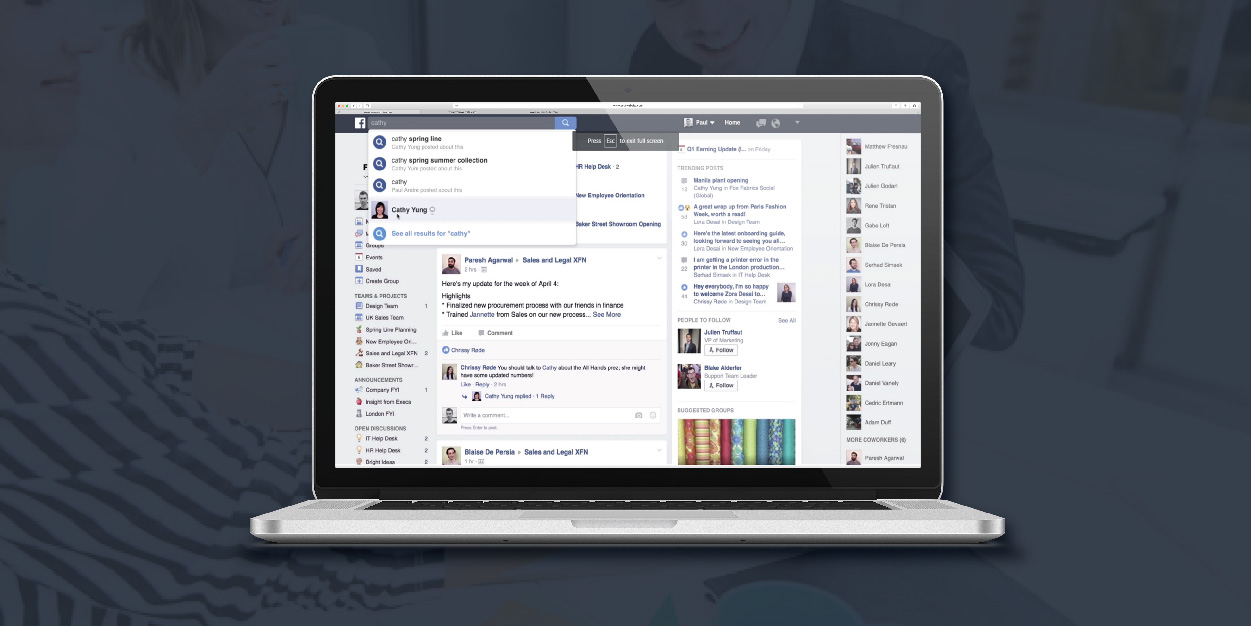
The greatest advantage of Workplace is perhaps the familiar interface, adopted from Facebook itself. This ensures that your employees adapt to the platform quicker and start using it right away.
The newsfeed is central to Workplace; just like on Facebook. It allows your employees to check company updates, set up one-on-one video calls, and send instant messages via chat. Workplace also allows communication to be centralized and facilitates better teamwork by creating project or department-based groups. That’s not all. To make things simpler, it seamlessly connects with enterprise applications such as Microsoft Office and Dropbox, allowing users to share documents and make live edits.
Larger organizations can empower external teams as well by integrating third-party tools such as BlueJeans, which allow them to join meetings from any device.
Exploring the Bot Ecosystem
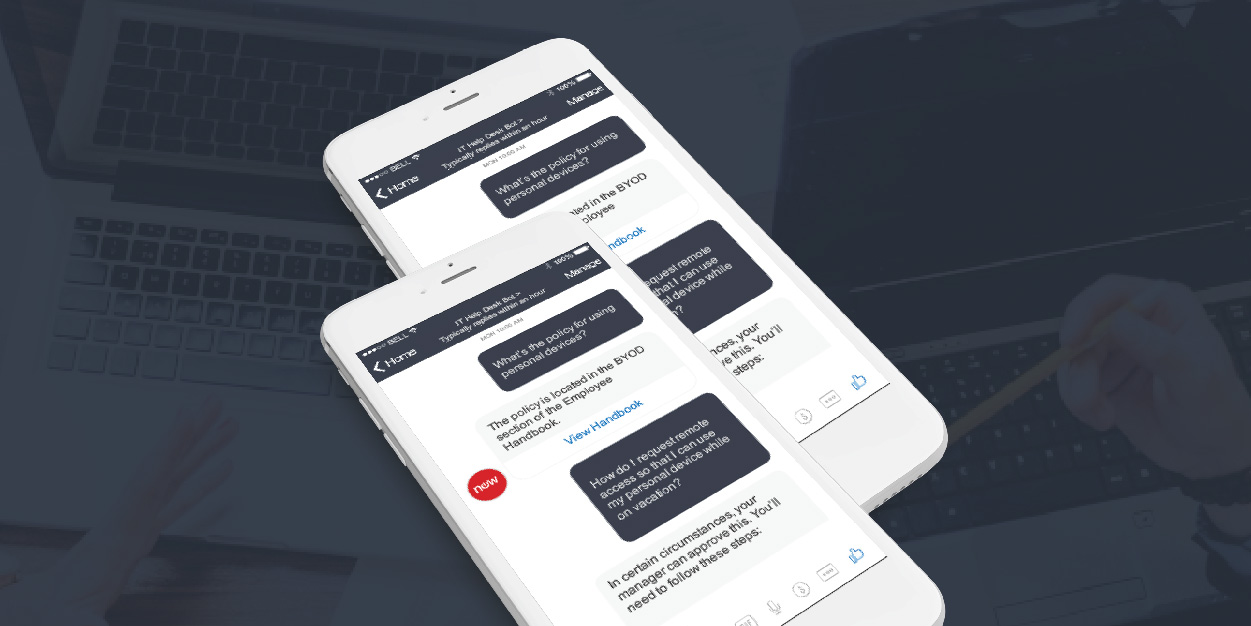
Bots are among the many new developments in Workplace. The bot ecosystem started evolving when Workplace began working with platforms such as PullString and Converse. These companies provided the much-needed infrastructure to develop bots for Work Chat. Soon after, another upgrade late last year made this facility available to internal IT teams to build their own bots for.
Bots in Workplace and Work Chat function very differently when compared to other platforms such as Slack or Microsoft teams. In Workplace, bots can proactively share content on groups and @mention employees to alert them to specific jobs/tasks/events. The bots can also send a direct message to employees. While most internal communication tools have the ability to add bots, none of them have an in-built bot functionality like Facebook.
At the moment, bots on Workplace and Work Chat only offer limited functionality. However, the amount of interest shown for their development among third-party developers is a game changer for Facebook.
Is Workplace for everyone?

Using Workplace will feel like second nature to anyone who is a regular Facebook user. Its interface is quite easy to get used to, even if you have never used Facebook. With a seamless user experience, Workplace allows you to easily share updates and documents. This allows you to collaborate with much ease and reduce the turnaround time for your projects.
Workplace offers Single Sign-on facilities, allowing users to access multiple enterprise tools with a single login ID. You can also integrate Workplace using a two-factor authentication for added security, without hampering user experience. That’s not all, on the back-end, IT admins can easily access analytics from an intuitive dashboard that allows them to manage security and control access. While some of these features may be available only with Workplace premium, the free standard version also includes many of these features.
In a nutshell, Workplace is a powerful platform for internal communications that fits perfectly in any organization – be it a global conglomerate or a shoestring startup. It is easily one of the best collaborative tools available today, and is well on its way to redefine the way we communicate at work.
